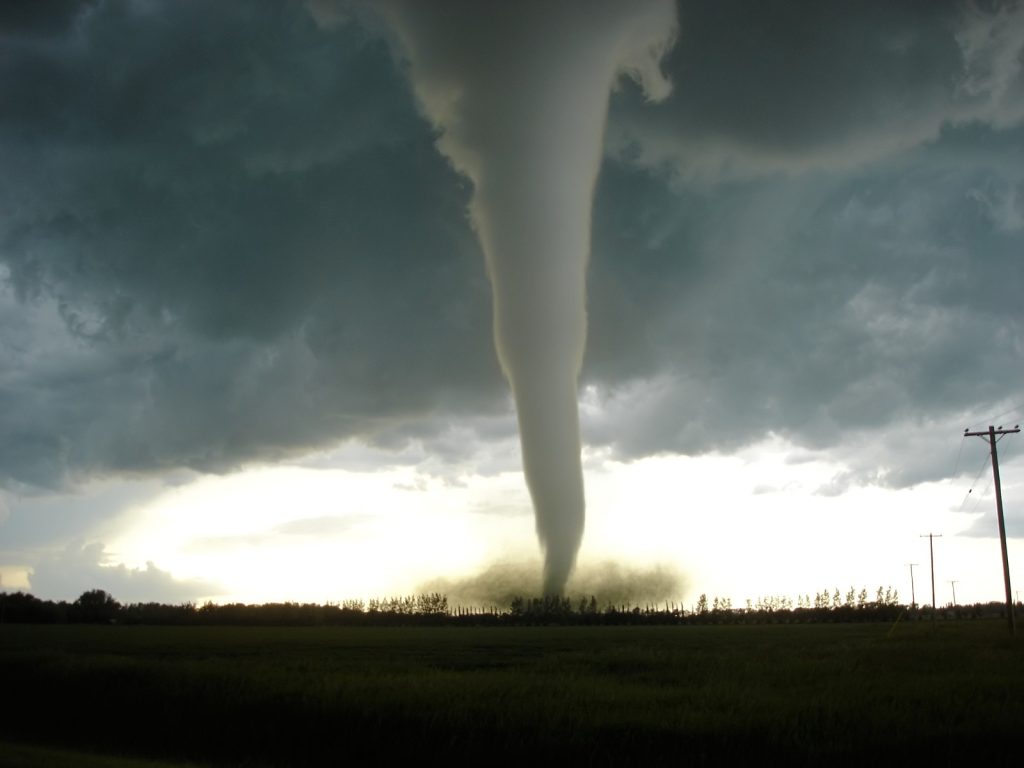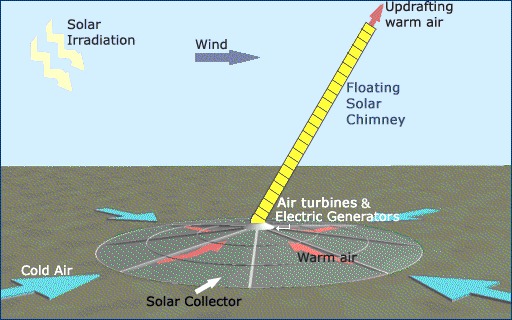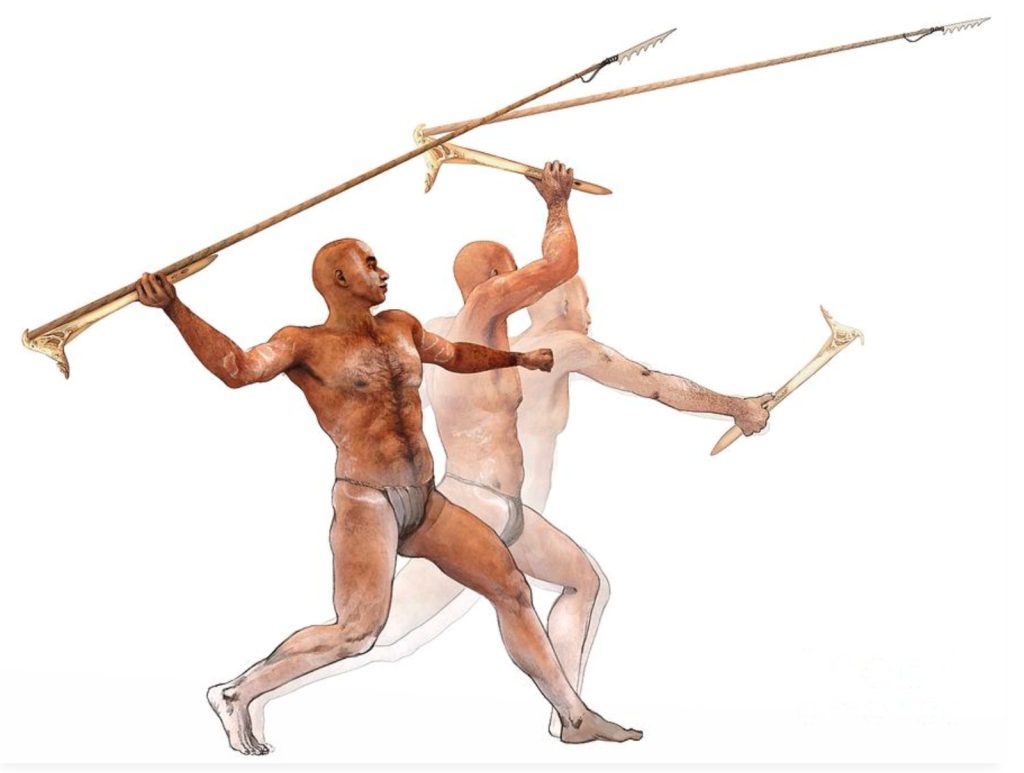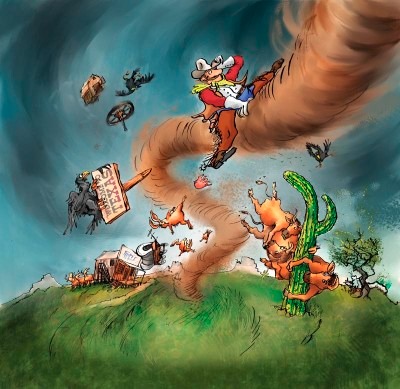The highly respected British charitable agency to combat poverty, Oxfam, predicts that climate change will produce “a growing trend of… destructive climate disasters.” And in our previous chapter of The Case of the Sexual Cosmos: Everything You Know About Nature is Wrong, I told you that our way out of climate change is climate stabilization technologies. But what the hell are climate stabilization technologies?
We’ve been inventing climate stabilization technologies since we first used a stone tool to slice the hide and fur off of an animal and turn it into clothing for ourselves.
We were born to eat meat. How do we know? When you eat a steak or a chop, a vital chemical goes off in your gut and travels to your brain. It’s cholecystokinin. And it tells your brain and mine to bond to the lovely folks who are sharing their barbecue with us. Those people may be a winning team. They could up our intake of something vital: protein.

So why were we born clawless? Why were we born without the tools we needed to bring down prey? Because we were born to craft upgrades on fangs and claws. We were born as the grandchildren of our technologies. We invented stone tools 3.3 million years ago. We evolved with tools at our side for 3.1 million years. And those technologies remade our biology. They reshaped our genes. The new tools made it possible for us to discard natural fangs and claws and to make artificial fangs and claws. Mega fangs and claws.
For example 300,000 years before we became fully human, we attached our stone fangs to straight tree branches to make something nature alone could not conceive—the spear. No wonder our technology reshaped our genes and turned us into a brand new species: Homo technologicus. Humans the technology makers. .
But there was another challenge in our nakedness. We are the only bare-skinned animals to migrate into temperature extremes: into both cold and heat. Remember, we are born without fur coats. Our nakedness gives us a problem. Dogs and cats are easily able to play in snow or to chase squirrels when it’s a hundred degrees outdoors. You and I can’t do that. We do have thermoregulatory equipment, but our bare skin makes us vulnerable to the cold of glaciers and the heat of the desert.
That’s where the first fur coat came in. It was our first external thermoregulator. Our first technological attempt to deal with this planet’s perpetual climate change. Our first attempt to create a climate bubble. Our first climate stabilization technology.
Roughly 25,000 years ago, when we were still hunters and gatherers, we built an even more potent climate stabilization technology. We erected frameworks of the tusks and ribs of 60 mammoths, frameworks forty feet in diameter, covered them with mammoth hides, and made climate stabilization bubbles far bigger than the space within a fur cloak. We made tents. Big ones.
11,000 years ago, we invented two even more substantial climate stabilization technologies. First we pried former obstacles out of the ground—boulders. We rolled these massive rocks to a common destination, chiseled their surfaces with stone and bone hammers so that we could fit the rocks together, and invented the wall. With the wall, we invented the first city—Jericho. And Jericho was a human hive of the first man-made rooms. A human hive of climate bubbles. A human hive of climate stabilization technologies.
But that’s not all. Two thousand years later we upped the game. We took a toxic substance, the mud that could suck you into a swamp and never let you out again, patted it into a shape that no human or animal had ever seen before—a perfect, flat sided rectangle—and took advantage of the dry season to leave the mud-patty in the sun to harden. We made three million of these impossible new devices. And we built an entire city of three-room apartments. A new kind of hive of climate bubbles. Catal Höyük in Turkey.

This was the first time humans had ever seen perfect flat surfaces, right angles, and accommodations for something else new—not a hodge podge of fellow tribe members, but a nuclear family. A nuclear family living within the freshly-invented privacy of a three-room apartment.
From the fur coat to the brick wall, all of these were climate stabilization technologies. Technologies to create bubbles of space with the internal climate we chose.
But now it’s time to scale things up. Time to rachet up our climate stabilization technologies.
First, we need to beat man-made greenhouse gases in the atmosphere. And there is a way to do that.
Harvesting solar power in space and transmitting it to earth is an idea first proposed in a 1941 science fiction story by Isaac Asimov. In 1968, it was turned into a serious scientific project by a private engineering consultant who had worked on America’s Apollo moon program, Dr. Peter Glaser. Then in the 1970s, it was advanced by Princeton’s architect of 500-square mile space colonies, Dr. Gerard O’Neill, who inspired a raft of students including future space entrepreneur, Amazon founder Jeff Bezos.
I was educated on space solar power in the late 1990s by Paul Werbos, Program Director for Control, Networks & Computational Intelligence at the National Science Foundation, the Vatican of American science. Paul did a superb job of schooling me.
So in 2010, I put together a meeting on Skype between astronaut Buzz Aldrin—the second man to set foot on the moon—and the most popular politician in Southern Asia, India’s eleventh president Dr. APJ Kalam. Dr. Kalam was known as “the people’s president.” He was voted one of the two most trusted men in India in an Indian Readers Digest Poll. He won this poll in a nation that deeply distrusts politicians. Not only was Dr. Kalam one of India’s very few beloved political leaders, he was also the rocket scientist who had put India’s space program on the map.
The goal of our Skype call was a global initiative on space solar power. A few months later, Buzz ran into conflicting interests and dropped out. But Dr. Kalam and I continued to work together for space solar power until his death five years later. Kalam was the man who called space solar power “harvesting solar power in space.” Like harvesting wheat or rice. And he was sure that space solar power could lift two billion people out of poverty.
Space solar power is a climate stabilization technology. How? With it we can end the use of fossil fuels and reduce our emissions of greenhouse gases for energy production and transportation to zero. We can bring ourselves close to net zero and eliminate the bulk of the man-made contribution to global warming.
Is space solar power a practical idea? Yes. In fact, we’ve been gathering solar power in space and transmitting it to earth since 1962, when the first commercial satellite, Telstar, went up. Telstar looked like a beach ball covered with medallions. Each of those medallions was a primitive photovoltaic panel, converting sunlight into electricity. Electricity the satellite beamed to earth. We’ve been harvesting solar power in space, beaming it to earth, and using it as the backbone of the telecom and global media business ever since. In fact, it’s powered a $370 billion a year industry. A third of a trillion dollar business. So space solar power is a proven technology.
But that’s just the beginning. I was speaking in Kobe, Japan, in 2014 at a conference on space solar power when Dr. Isabelle Dicaire, a research fellow at the European Space Agency. stopped me in my tracks. To harvest solar power in space, we will need farms of photovoltaic panels roughly 25 square miles in size. Dicaire’s idea was to equip these huge solar farms with massive lasers. Why? If the weather service sees a hurricane headed for New Orleans, focus a laser beam on one of the hurricane’s edges, heat that edge, and steer the hurricane away from populated areas, sending it out to die at sea. A brilliant energy stabilization technology.
But the real climate stabilization goal comes from realizing that every catastrophe is an opportunity in disguise. Every disaster is an energy source waiting to be tamed..
In Egypt, 5,000 years ago, the land was a disaster. There had been 5,000 years of monsoon rains. Then the downpours had retreated, turning lush, green savanna to desert. The Nile River was a disaster of a whole different kind. Every year it overflowed its banks and flooded the desert lands around it. If you tried to farm there, you would have been out of luck. Your farming plot would have disappeared under the waters for four months every year. Then the Egyptians learned to tame their disaster. They did it by inventing a new lifestyle. They established towns on heights that the raging river could not reach. Heights from which they could walk down to their plots of land. They waited for the floods eagerly. Why? Because the waters of the Nile picked up rich, black soil in their 4,000 mile trip downstream from the African Great Lakes region. and dropped those nutrient-rich muds on the river valley’s land, land that would remain exposed to the sun long enough to plant and harvest a crop. Despite being fringed by barren sands.
During the four months of floods, the Egyptians used their spare time to build pyramids. Then they went back to farming. With this reinvention of lifestyle, the flooding of the Nile was transformed from Egypt’s destroyer to Egypt’s gift.
The moral of the story? Every disaster is an energy source waiting to be tamed. That includes the immense energy sources called tornadoes and hurricanes.
There’s a tall tale from the 19th century that captures the spirit of the thing. Back in the 1800s in Texas, it is said that three cowboys were sitting on the rail fence around a horse corral. Sitting and bragging. One described the orneriest horse ever seen by man and how he had tamed it. The second described a horse even ornerier, and how he had slapped a saddle on its back and brought it to heel. The third cowboy, Pecos Bill, pointed at a tornado heading toward the ranch and said, “Watch this.” Bill took his saddle, walked over to the tornado, slapped the saddle on its back, and jumped on.
The tornado bucked. The tornado kicked. The tornado tried to scrape Pecos Bill off by whopping him through the under branches of trees. But no matter what the tornado did, Pecos Bill stayed on its back. Finally the tornado was plumb worn out. Bill stuck a bit between its teeth and with his reins told it when to go left and when to go right. Then the cowboy-to-top-all cowboys rode the tornado over to the rail fence where his two companions were sitting slack-jawed and doffed his hat.

We’ve done quite a few Pecos Bills. We’ve tamed fire with hearths, furnaces, stoves, and combustion engines. We’ve harnessed floods with watermills and hydroelectric dams. We’ve tamed gusts of wind with windmills, sails, and modern wind farms. That’s three disasters down. More to go.
Now it’s time to tame the force that makes whirlwinds, tornadoes and hurricanes– temperature and pressure differentials in the atmosphere. Polymath Steve Nixon, who co-conceived an animation on space solar power satellites that won a prize money in a contest run by the National Space Society, has a proposal to do just that.
He wants to build what he’s called megachimneys. Giant upside-down funnels rooted to the ground that stretch to the skies, six miles high. Wind chimneys that set up a massive current of air. Air propelled by the huge temperature difference between the atmosphere at ground level and the air high in the troposphere where the thermometer can drop to more than 51 degrees below zero. Megachimneys that would also harvest the difference between air pressure at ground level and the 13% thinner air six miles above. Megachimneys whose internal current of air can reach 200 mph in its sprint to the heavens.
Yes, Nixon’s megachimneys would tap the forces that generate tornadoes, hurricanes and tropical storms. They would do what in the Bible is only a figure of speech, they would reap the whirlwind. To generate energy. To extract pure water. And to cool the atmosphere.
Right now, the megachimneys are only ideas Nixon is refining and promoting to small groups online. But his chimneys are harbingers of what’s to come. They are hints at technologies that can pull off a real Pecos Bill. Using climate stabilization technologies to generate electricity.
Remember, every catastrophe is an energy source awaiting its tamer.
One more note. If we really want the climate of the earth to be the way it was in 1650 before the Industrial Revolution, then let’s make it that way. But let’s confess to something. That is not returning the planet to its natural state. That is locking it into an anthropogenic state. A human-imposed state. A totally unnatural state.
In other words, rejiggering the climate to “bring back nature” is unnatural. It is a human choice.
References:
Harmand, S., Lewis, J., Feibel, C. et al. 3.3-million-year-old stone tools from Lomekwi 3, West Turkana, Kenya. Nature 521, 310–315 (2015). https://doi.org/10.1038/nature14464
Stone Tools, Smithsonian, https://humanorigins.si.edu/evidence/behavior/stone-tools
https://www.science.org/content/article/when-did-humans-begin-hurling-spears
Isaac Asimov, The Truth Isn’t Stranger Than Science Fiction — Just Slower, https://archive.nytimes.com/www.nytimes.com/books/97/03/23/lifetimes/asi-v-truth.html
Peter E. Glaser, Science, 22 Nov 1968, Vol 162, Issue 3856, Pp. 857-861, Https://Www.Science.Org/Doi/10.1126/Science.162.3856.857
Gerard K. O’Neill, Space Colonies And Energy Supply To The Earth: Manufacturing Facilities In High Orbit Could Be Used To Build Satellite Solar Power Stations From Lunar Materials. Science, 5 Dec 1975, Vol 190, Issue 4218, Pp. 943-947, https://www.science.org/doi/10.1126/science.190.4218.943
Howard Bloom has been called the Einstein, Newton, and Freud of the 21st century by Britain’s Channel 4 TV. One of his seven books–Global Brain—was the subject of a symposium thrown by the Office of the Secretary of Defense including representatives from the State Department, the Energy Department, DARPA, IBM, and MIT. His work has been published in The Washington Post, The Wall Street Journal, Wired, Psychology Today, and the Scientific American. He does news commentary at 1:06 am et every Wednesday night on 545 radio stations on Coast to Coast AM. For more, see http://howardbloom.institute.
